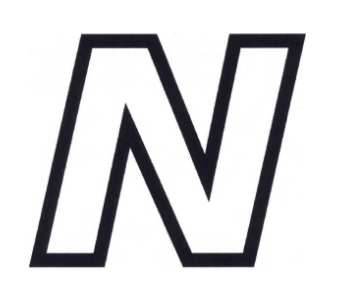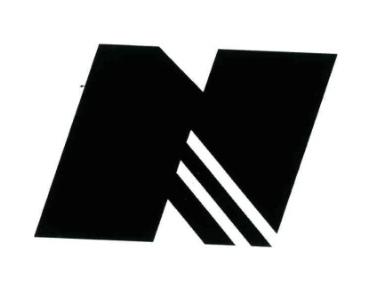One month after the Beijing High Court handed down a landmark case which ruled in favor of New Balance over New Barlun, New Balance claimed another victory over New Barlun in a court case in Shanghai.
The 'New Balance case' had been an ongoing tug of war between the famous American sports goods manufacturer, New Balance, and a Chinese knockoff brand, New Barlun. The 15-year-saga revolves around New Barlun using a Stylised N logo on its sports products similar to that of New Balance's italic letter 'N'. New Balance filed a lawsuit against New Barlun for such acts of unfair competition in 2016.
 |
New Balance's Trade Mark Registration No. 5942394Filed on 14 March 2007, registered on 7 November 2010 |
 |
New Barlun's Trade Mark Registration No. 4236766Filed on 24 August 2004, registered on 21 August 2008 |
Both New Balance and New Barlun registered their trade marks with the Chinese Trademark Office. However, New Balance argued that its letter 'N' logo had gained extensive public recognition internationally long before the filing of the similar mark by New Barlun. New Barlun, on the other hand, insisted they were a legitimate trade mark owner of the registered trade mark and were entitled to use the disputed trade mark freely.
On 16 April 2020, the Shanghai Pudong People's Court ruled in favor of New Balance, enabling New Balance to gain another victory over New Barlun. Taking into consideration the long history of New Balance's trade mark, the Court agreed with New Balance's claim that its mark had gained public recognition internationally much earlier and on a much wider scale than New Barlun's trade mark. The Court considered the letter 'N' logo to be distinctive and a direct representation of the New Balance brand itself, but not for New Barlun. Notwithstanding the fact that New Barlun's logo was registered at the Trademark Office and had not yet been cancelled via administrative procedures at the time of the judgment, the Court considered the logo to be a violation of principles of good faith jeopardising fair competition and giving rise to consumer confusion.
Thus, relying on the Unfair Competition Law, the Court barred New Barlun—a direct market competitor producing similar products—from further continued use of the disputed logo and further acts of unfair competition which encroach upon New Balance's rights.In addition, New Barlun is to make a public statement to dispel confusion over use of its N logo, as well as pay a fine amounting to USD1.54million. It is by far the largest fine on record awarded by a Chinese court to foreign businesses for unfair competition.
Amidst the previous unfair competition lawsuits lost by international corporations to Chinese infringers, this decision along with the hefty damages imposed is a milestone representing China's efforts in deterring and combatting unfair competition, and honouring the trade mark rights of legitimate owners within China's territories.
For foreign businesses fearing potential trade mark infringement or unfair competition, this total victory awarded to New Balance undoubtedly strengthens confidence in China as a potential business location where intellectual property rights are valued and protected. We hope to see more encouraging decisions coming from the Chinese Courts so that businesses can be assured that their intellectual property rights will be safeguarded in China.
The content of this article is intended to provide a general guide to the subject matter. Specialist advice should be sought about your specific circumstances.

